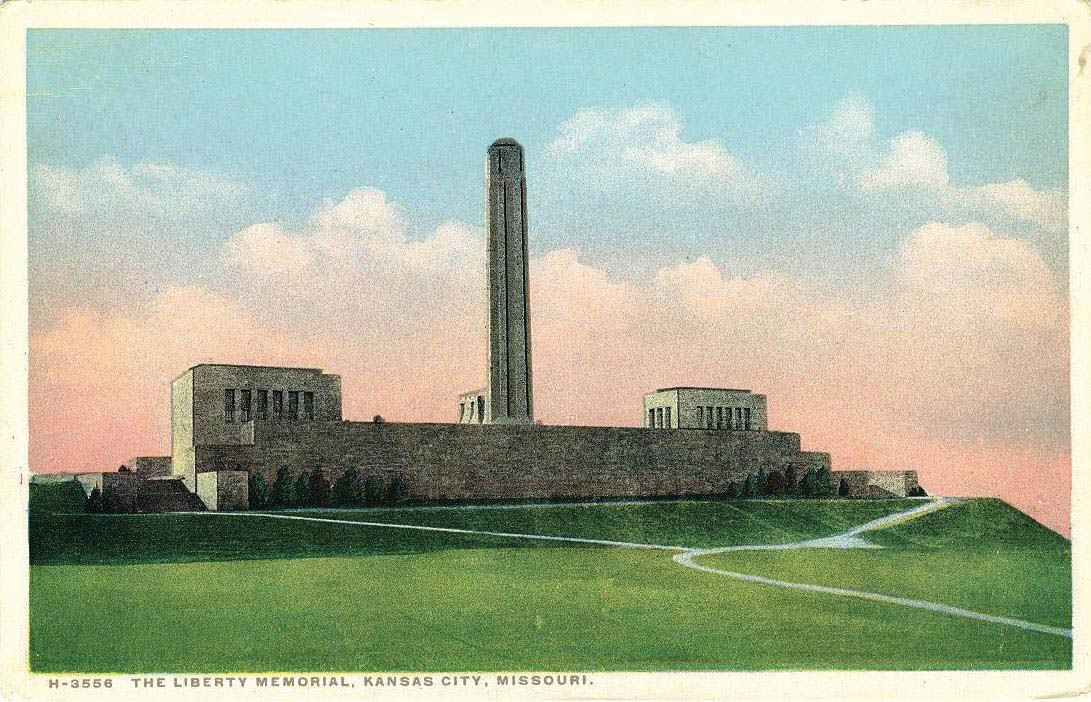By MICHAEL BUSHNELL
Northeast News
May 17, 2017
H. Van Buren Magonigle of New York was selected from a field of roughly 15 architectural firms from across the United States to design the memorial to the “war to end all wars” — the Liberty Memorial.
In 1919, lumber baron and Northeast resident Robert Alexander Long led a fund drive for the memorial. Long was elected founding president of the newly created organization that led the fund drive to construct the memorial to honor the war dead from World War I, then called The World War.
Long stated upon his election, “From its inception it was intended that this memorial should represent on the part of all people, a living expression for all time of the gratitude of a grateful people to those who offered and who gave their lives in defense of liberty and our country.”
A little over two weeks after that announcement, a staggering $2.5 million had already been raised, largely through public subscriptions, for the construction of Liberty Memorial. On Nov. 1, 1921, during the American Legion Convention, the site for the memorial was dedicated in front of more than 200,000 people who had turned out to support the effort. On Nov. 11, 1926, the finished memorial was dedicated and opened to the public.
After a controversial facelift and restoration in 2003-04, a newly dedicated World War I National Museum opened to the public in December 2008. The museum graphically depicts the daily life of the “Doughboys” during their struggle for liberty “over there.”
Fred Harvey published this Phostint postcard during the 1920s. The description on the back reads, “The Liberty Memorial is Kansas City’s tribute to its citizens who gave their lives in their service to America during the World War. Designed by Harold Van Buren Magonigle, the great stone monument occupies a commanding site on Memorial Hill overlooking the Union Station. From its great shaft, rising over 300 feet above the surrounding city, a pillar of fire burns brightly at night.”
Memorial an expression of gratitude
Related Posts
Nathan Scarritt, Melrose Methodist Church Keys to Early Northeast Development
Michael Bushnell Contributing Historian A far cry from its humble beginnings in 1887 as a tent, this week’s real photo postcard shows Melrose Methodist Episcopal Church, located at the corner…
Family Flower Business, a Staple of Northeast Community
Michael Bushnell Contributing Historian Rose Marie Serrone opened her flower and gift shop in a single story, Art Deco-style building in 1946 located at 2659 Independence Blvd. Rose Marie’s Floral…

















